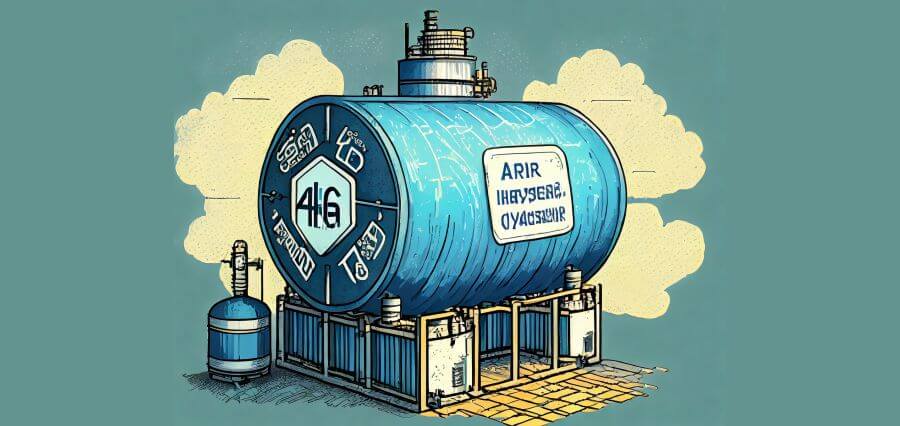Addressing the Hazards of Hydrogen Storage in Power Plants

The power generation sector is increasingly focused on sustainability, with a growing recognition of the need to reduce carbon footprints. As a result, hydrogen has emerged as a promising alternative to traditional fossil fuels due to its carbon-free and energy-efficient properties. The International Energy Agency (IEA) has highlighted the potential of hydrogen-based fuels to prevent significant CO2 emissions by 2050.
With over 50 large clean hydrogen projects operating globally and a combined investment of billion as of 2021, the benefits of hydrogen as an energy transition fuel are clear. However, the storage of hydrogen presents a significant challenge for power plants. The reactive nature of hydrogen raises safety concerns, while the large volume involved in energy generation adds to the complexity.
To address these challenges, power plants can implement several strategies to enhance hydrogen storage safety. Firstly, understanding the potential hazards of hydrogen is crucial, given its high flammability and the risks associated with leaks and explosions. Plant owners can design effective safety measures by being aware of these inherent dangers.
Adopting reliable storage technologies, such as solid-state storage and underground facilities, can help mitigate risks and enhance safety. These technologies immobilize hydrogen and minimize the risk of leaks, providing a more secure storage solution. Implementing robust safety protocols, including regular risk assessments, staff training, and emergency response procedures, is essential for preventing and managing hydrogen-related incidents.
Creating passive mitigation systems, such as explosion-resistant barriers and safe venting systems, can effectively manage pressure and thermal loads on containment during potential hazards. Integrating redundancies into storage systems, such as safety valves, storage tanks, and backup power supplies, improves reliability and resilience, ensuring readiness for unforeseen events.
In conclusion, while transitioning to clean operations with hydrogen fuel is a positive step for power plants, it is crucial to address the unique safety hazards associated with hydrogen storage. By implementing comprehensive hazard mitigation plans and safety measures, power plants can effectively manage risks, prevent disasters, and harness hydrogen as a safe and clean energy alternative.






